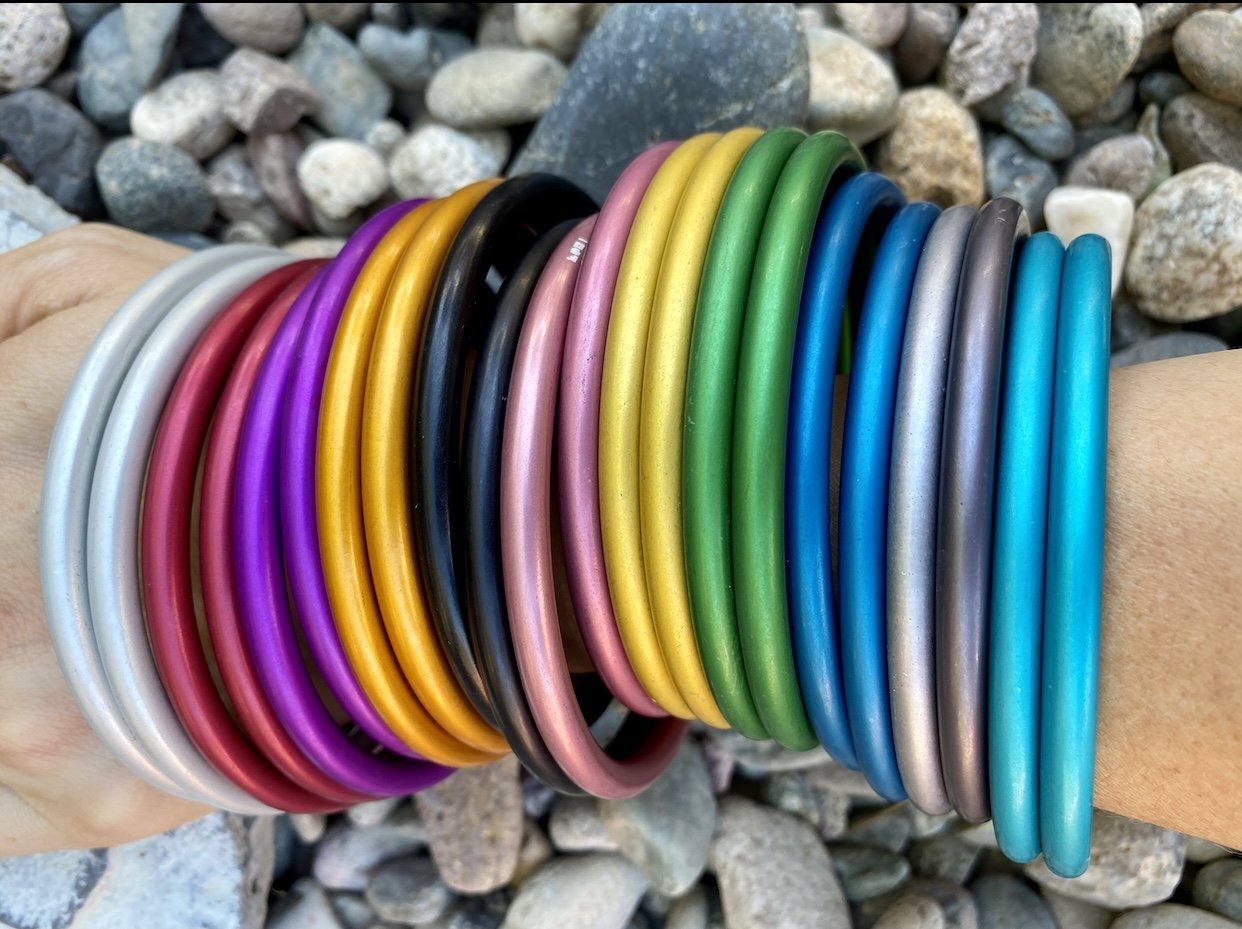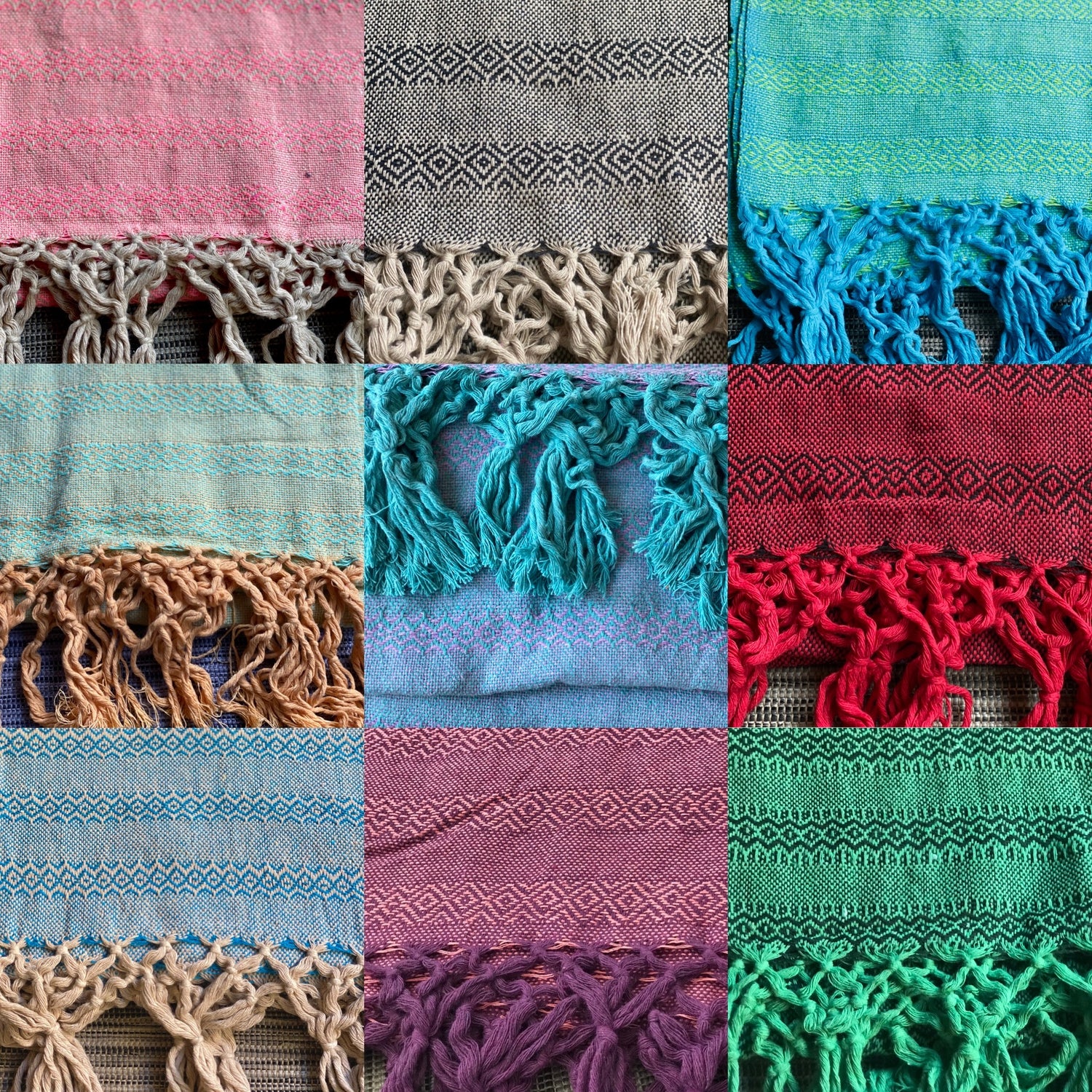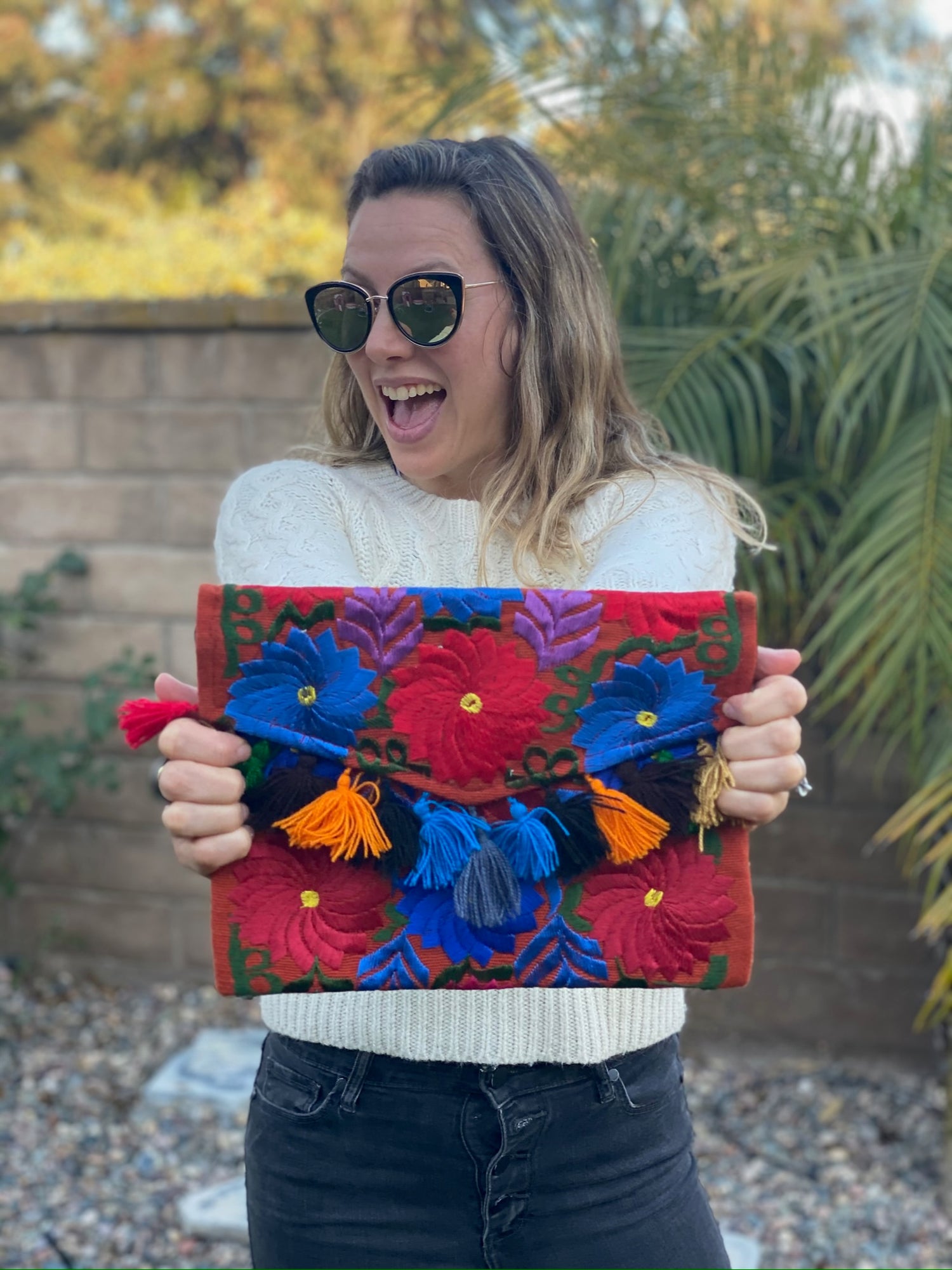Authentic rebozos are more than just beautiful textiles; they carry the weight of Mexican heritage and tradition.
To identify a genuine, handwoven rebozo, look for intricate weaving patterns, natural fibers, and unique designs that reflect the skill of the artisan.
These elements not only showcase the craftsmanship but also connect you to the rich cultural history behind each piece.

When shopping for a rebozo, be aware of the differences between mass-produced items and those made with care and attention.
Many authentic rebozos are made using traditional techniques, resulting in variations that tell a story. Understanding what makes a rebozo authentic will enhance your appreciation for this versatile textile and its significance in various aspects of life.
By learning how to spot an authentic rebozo, you will enrich your collection and support artisans who uphold these important traditions. Whether you want it for fashion, practical use, or cultural appreciation, an authentic rebozo will always be a meaningful choice.
Key Takeaways
- Authentic rebozos are made using traditional weaving techniques with high-quality materials.
- Each handwoven rebozo reflects the unique skill of its artisan and carries cultural significance.
- Knowing how to identify an authentic rebozo supports Mexican heritage and artisans.
Understanding the Rebozo

The rebozo is much more than a simple garment. It carries deep historical significance, cultural symbolism, and a variety of materials and textures that make it unique. Understanding these elements can help you identify authentic, handwoven rebozos.
Historical Significance
The history of the rebozo dates back to colonial Mexico, where Spanish and indigenous weaving techniques combined. Traditionally, these shawls were worn by women in rural areas, symbolizing identity and social status.
Key historical figures, such as Frida Kahlo and María Félix, embraced the rebozo as a symbol of their Mexican heritage. During Mexican Independence Day, women often wear rebozos in celebration, emphasizing their connection to cultural roots.
Patterns and colors used in rebozos can represent different regions, highlighting local traditions and stories passed down through generations. The craftsmanship of indigenous weavers has preserved this legacy while adapting to modern influences.
Cultural and Social Symbolism
The rebozo serves various roles in Mexican culture. It is more than a fashion accessory; it often plays vital roles during important occasions, such as weddings, religious ceremonies, and traditional dances.
For indigenous women, the rebozo is a manifestation of identity and pride. It can symbolize motherhood and nurturing as it is often used to carry babies. In mestizo culture, the rebozo connects modern society to its indigenous roots.
The vibrant patterns and colors—often including indigo—are not merely decorative. They also hold meaning, signifying family, resilience, and cultural heritage, making the rebozo a vital part of social and cultural life.
Materials and Textures
Rebozos can be crafted from various materials, giving them unique textures.
Commonly used textiles include cotton, silk, wool, and rayon, each offering different qualities.
Cotton rebozos are breathable and durable, ideal for everyday use. Silk rebozos provide elegance and shine, often chosen for special occasions. Wool rebozos are warm and functional, suitable for cooler climates.
The craftsmanship involves intricate weaving techniques that display detailed patterns and vibrant colors. Different regions have their own styles and weaving methods, making each rebozo distinct. The quality and texture of the fabric can greatly influence the authenticity and value of the piece.
Identifying Authentic Handwoven Rebozos

When looking for authentic handwoven rebozos, focus on specific weaving techniques, signature features, and regional characteristics. Understanding these aspects will help you differentiate between genuine pieces and mass-produced alternatives.
Weaving Techniques and Patterns
Authentic Mexican rebozos are often made using traditional weaving methods, primarily the backstrap loom. This technique allows artisans to create intricate patterns with great detail.
One of the key features is the use of the ikat dyeing method, where the threads are dyed before weaving to create beautiful, blurred designs.
You should also look for unique motifs that reflect the artisan’s cultural background. Traditional patterns may represent specific regions such as Oaxaca or Chiapas. The complexity of these designs often signifies authenticity. Additionally, handwoven pieces may have slight imperfections; these are signs of craftsmanship, enhancing their uniqueness.
Signature Features of Authentic Rebozos
An authentic rebozo is characterized by its length, typically ranging from 4 to 7 feet, which offers versatility in usage.
Check for the presence of fringe, known as rapacejos. This fringe can vary in style, from simple knotted ends to elaborate braided designs. The quality of the fringe often indicates the level of skill of the weaver.
You should also consider the texture and weight of the fabric. Genuine rebozos are commonly made from 100% cotton, which feels soft yet sturdy. If you find a rebozo made from synthetic materials, it is likely not authentic. Hand-washed finishes add to the product's quality and traditional look.
Regional Variations and Modern Interpretations
Different regions in Mexico produce distinct types of rebozos. For instance, rebozos from Tenancingo are known for their elaborate patterns, while those from Michoacán might feature bold colors.
Familiarizing yourself with these variations will help you identify the origin of a piece.
In contrast, contemporary rebozos may blend traditional styles with modern elements. These can include new fibers and design techniques that might deviate from classic methods. While modern interpretations are still beautiful, they often lack the heritage and authenticity of traditional handwoven pieces. By recognizing these differences, you can make a more informed choice.
Frequently Asked Questions

When looking for an authentic handwoven rebozo, it's essential to understand its unique features, materials, and cultural significance. This section addresses common questions to help you recognize and appreciate these beautiful textiles.
What characteristics distinguish a genuine handwoven rebozo?
Genuine handwoven rebozos often show irregularities in the weave, which indicate the crafting process. You should look for unique patterns, colors, and a soft, textured feel. Authentic pieces usually have a certain weight and drape that machine-made items lack.
What materials are traditionally used in the making of authentic rebozos?
Authentic rebozos are often made from natural fibers such as cotton, silk, or wool. The choice of material affects the texture and appearance. For example, silk rebozos are more delicate and luxurious, while cotton options are durable and breathable.
How can one verify the authenticity of a rebozo when purchasing online?
When buying online, check for detailed descriptions and images. Look for information about the weaver and the region where it was made. You can also look for certifications from artisans or organizations that support traditional crafts.
What are the traditional dimensions of a handwoven rebozo?
Traditional rebozos vary in size but often measure between 1.5 to 2 meters in length. The width can range from about 50 cm to 80 cm. These dimensions allow for various uses, including wrapping or draping over the shoulders.
How is a rebozo used during pregnancy and labor?
During pregnancy and labor, a rebozo can provide support and comfort. It is commonly used for gentle lifting or positioning during labor. Many women use it for swaddling their newborns, as it offers security and warmth.
What historical significance do rebozos hold in Mexican culture?
Rebozos have deep cultural roots in Mexico, symbolizing tradition and identity. They are often worn during significant life events, such as weddings and funerals.
Their designs can express regional styles and personal stories within the community.




